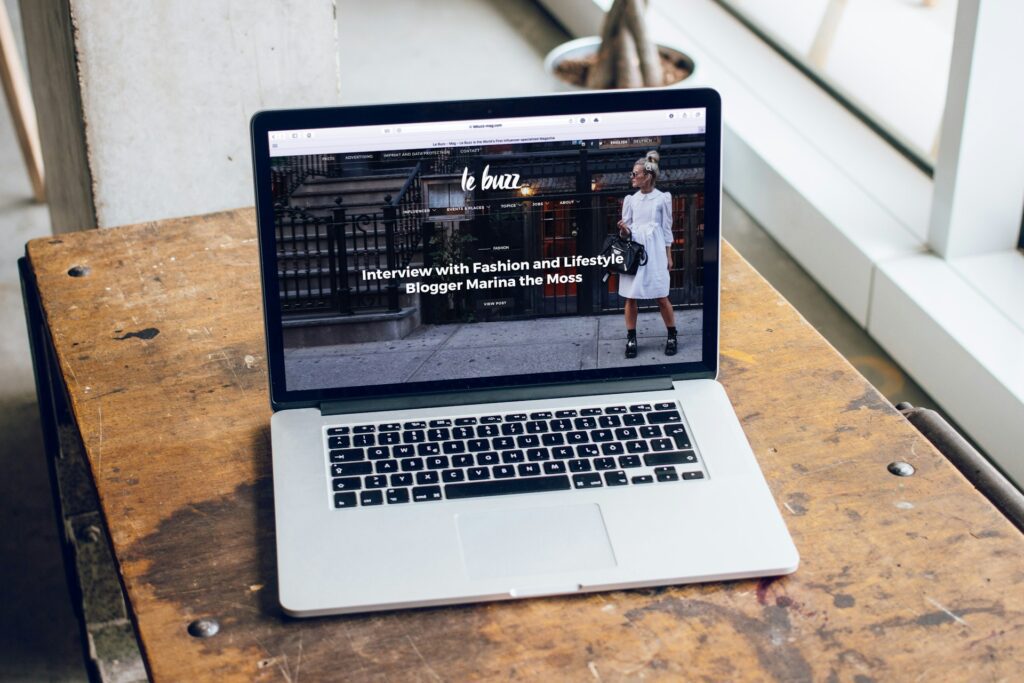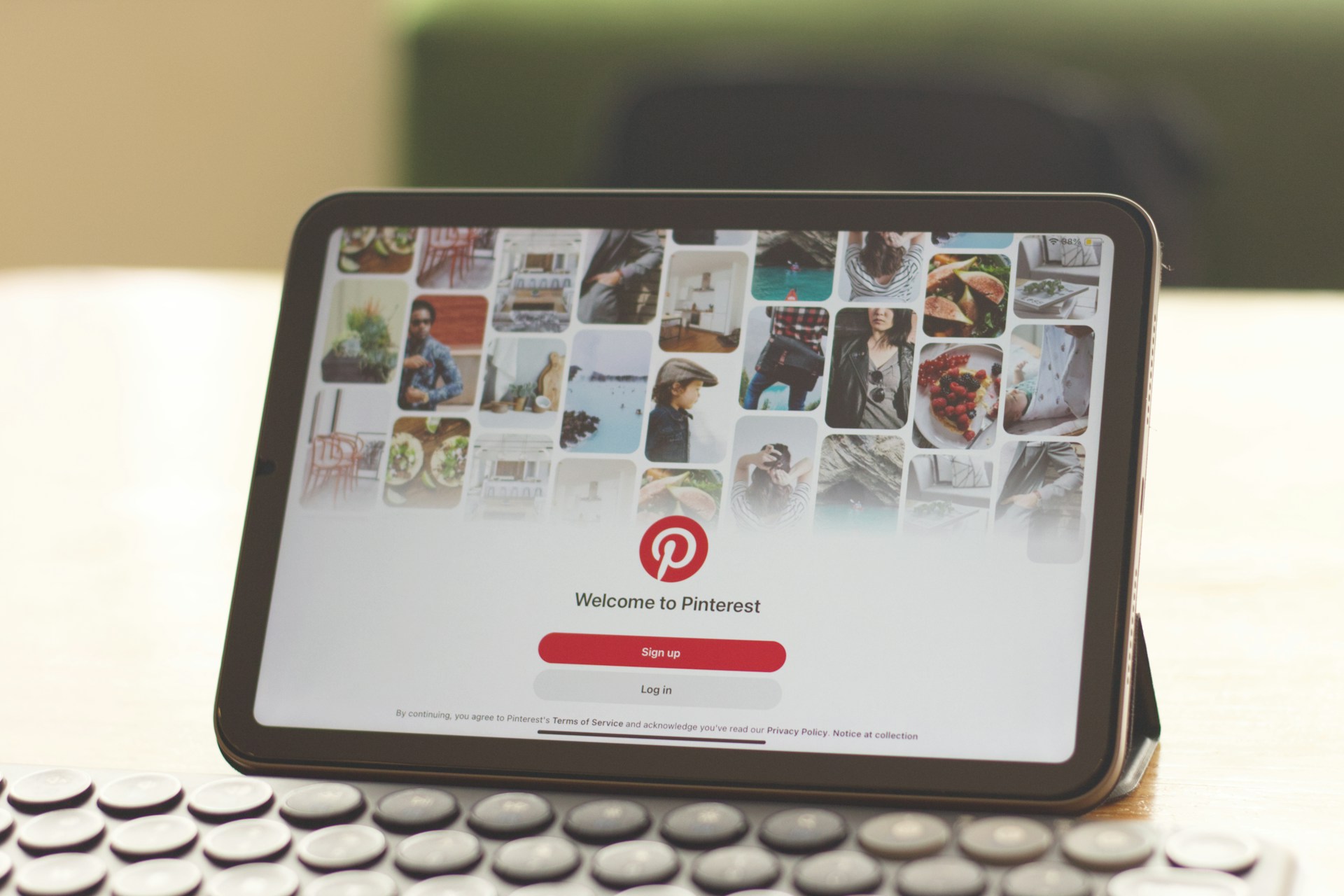
As a business owner, you invest significant time, effort, and capital into attracting potential customers. You run compelling ads, optimize for search engines, and craft engaging social media content, all designed to do one thing: drive traffic to your website. But what happens when those hard-won clicks arrive? If your landing page isn’t primed to convert, you’re not just losing opportunities; you’re watching your marketing budget dissipate without the return you deserve. A high-performing landing page isn’t merely a destination; it’s a meticulously engineered sales machine.
At The Social Rook, we understand the frustration of seeing clicks without conversions. You’re eager to transform interested prospects into loyal customers, and the gateway to that transformation is a landing page that truly sells. This comprehensive guide is designed to equip you with the essential knowledge and actionable strategies to craft landing pages that don’t just look good, but are relentlessly effective at capturing leads, driving sales, and ultimately, fueling the sustainable growth of your business.
Beyond the Homepage: Why Landing Pages Are Your Conversion Powerhouses
It’s a common mistake to send all your ad traffic to your website’s homepage. Your homepage serves many purposes, offering navigation and a broad overview of your business. A landing page, however, is designed with a singular, laser-focused objective: to compel a visitor to take a specific action. Whether it’s signing up for a newsletter, downloading an e-book, requesting a demo, or making a purchase, every element on a landing page is strategically placed to guide the visitor towards that one conversion goal, minimizing distractions and maximizing focus.
1. Define Your Singular Goal: Clarity Drives Conversion
Before you even think about design or copy, pinpoint the one action you want visitors to take on this specific page. This singular focus is the cornerstone of a high-converting landing page.
- Lead Generation: Is the goal to capture email addresses for a newsletter, phone numbers for a consultation, or demo requests?
- Sales Conversion: Is it to sell a specific product, encourage a service booking, or drive a direct purchase?
- Content Download: Are you offering a whitepaper, e-book, or guide in exchange for contact information?
- Event Registration: Is it to get sign-ups for a webinar, workshop, or in-person event?
- Best Practice: Resist the urge to cram multiple calls to action onto one page. A confused mind always says no. One page, one primary goal.
2. Craft an Irresistible Headline: The First and Most Crucial Hook
Your headline is the most important piece of copy on your landing page. It’s your first impression, your promise, and your hook. It must grab attention instantly and clearly communicate the core value proposition.
- Benefit-Oriented: Focus on the benefit the user will gain, not just the feature of your product/service. What problem do you solve? What aspiration do you fulfill?
- Clear and Concise: Get straight to the point. Avoid jargon or ambiguity.
- Action-Oriented: Hint at the transformation or solution you offer.
- Align with Ad Copy: Ensure your headline directly continues the message from the ad or link that brought the visitor to the page. Consistency builds trust.
- Sub-Headline Support: Use a sub-headline to elaborate on the main headline, adding more detail or a compelling reason to continue reading.
- Best Practice: Write at least 10-15 headline variations before picking the best few to A/B test. Use tools to analyze emotional resonance and clarity.
3. Compelling Body Copy: Focus on Benefits, Not Just Features
Once the headline hooks them, your body copy needs to persuade and reassure. This isn’t a product manual; it’s a persuasive argument for why your solution is exactly what they need.
- Problem-Solution Framework: Start by briefly reiterating the user’s problem, then present your offering as the clear, effective solution.
- Highlight Key Benefits: Use bullet points or short paragraphs to clearly articulate the most important benefits to the user. How will their life improve? What will they gain?
- Concise and Scannable: Most users will scan before they read. Use short sentences, bold important phrases, and break up text with headings and bullet points.
- Address Objections: Anticipate common user concerns (e.g., price, time commitment, effectiveness) and subtly address them within your copy.
- Call Out Your Unique Selling Proposition (USP): What makes you different and better? Weave this unique advantage throughout your copy.
- Best Practice: Write in a clear, confident, and benefit-driven tone. Avoid fluffy language. Every word should work towards guiding the user to conversion.
4. The Singular Call to Action (CTA): Guide Them to the Goal
Your CTA is the heart of your landing page. It’s the button, the form, the definitive step you want your visitor to take. It must be prominent, persuasive, and perfectly aligned with your single goal.
- Prominent Placement: Make your CTA visually stand out using contrasting colors, sufficient white space, and strategic placement (above the fold and often repeated further down).
- Action-Oriented Language: Use strong verbs that clearly state what will happen: “Get My Free E-book,” “Start Your Free Trial,” “Schedule a Demo,” “Buy Now.”
- Benefit-Oriented Language: Reinforce the benefit the user will receive by clicking: “Unlock Your Potential,” “Save 20% Now,” “Discover Your Perfect Solution.”
- Form Field Optimization: If your CTA leads to a form, keep it as short as possible. Only ask for essential information. Use clear labels, pre-fill options if applicable, and consider multi-step forms for longer processes.
- Best Practice: Test different CTA button colors, text, and sizes. Experiment with a contrasting color for the button that pops against your page’s background.
5. Visual Impact and User Experience (UX): Design That Converts
A visually appealing and user-friendly landing page isn’t just about aesthetics; it’s about building trust, guiding the eye, and reducing friction.
- High-Quality, Relevant Imagery/Video: Use professional, compelling images or videos that directly relate to your offer and resonate with your target audience. Show, don’t just tell.
- Clear Visual Hierarchy: Guide the visitor’s eye through the page, with the headline, hero image, key benefits, and CTA standing out in a logical flow.
- Ample White Space: Don’t clutter your page. White space improves readability and makes key elements pop.
- Mobile Responsiveness: Crucial in 2025! Your landing page must look and function flawlessly on all devices – desktops, tablets, and smartphones. Google is mobile-first indexing, and so should you be.
- Fast Loading Speed: Every second counts. Optimize images, minimize code, and use a fast hosting provider. Slow pages lead to high bounce rates.
- Minimal Navigation: Remove unnecessary navigation menus or external links that could distract visitors and lead them away from your conversion goal.
- Best Practice: Design for simplicity and clarity. Test your page on various devices and internet speeds. Use tools like Google Lighthouse to identify and fix speed issues.
6. Building Trust and Credibility: The Power of Social Proof and Assurance
In an online environment, trust is paramount. Visitors are hesitant to convert if they don’t feel confident in your brand. Social proof and trust elements are incredibly persuasive.
- Customer Testimonials: Feature authentic quotes from satisfied customers. Include names, photos, and even company names if appropriate.
- Case Studies: Provide detailed examples of how your product/service has helped other clients achieve specific results. Quantify the benefits where possible.
- Trust Badges/Security Seals: Display recognizable security logos (SSL, payment gateway logos), industry certifications, or “as seen on” badges from reputable media outlets.
- Numbers and Statistics: Showcase impressive statistics (e.g., “10,000+ satisfied customers,” “5-star rating,” “200% ROI achieved”).
- Privacy Policy Link: Clearly link to your privacy policy, especially if you’re collecting personal information. This reassures users about data handling.
- Best Practice: Place trust elements strategically near your CTA or form. Ensure all testimonials are genuine and verifiable.
7. A/B Testing: The Non-Negotiable Key to Continuous Optimization
The ultimate guide to crafting landing pages that sell isn’t a one-and-done blueprint. It’s an iterative process of testing, learning, and refining. A/B testing allows you to systematically improve your page’s performance.
- Test One Element at a Time: Don’t change everything at once. Test headlines vs. CTAs vs. hero images separately to isolate impact.
- Key Elements to Test: Headlines, CTA button text/color, hero images/videos, form length, benefit bullet points, testimonials, page layout.
- Statistically Significant Results: Run tests long enough to get statistically significant results before making permanent changes.
- Analyze Data Beyond Clicks: Look at conversion rates, bounce rates, and time on page for different variations.
- Best Practice: Embrace a culture of continuous testing. Even minor tweaks can lead to significant gains over time. Use built-in A/B testing features on your landing page platform or dedicated testing tools.
The Social Rook’s Conversion-Focused Landing Page Philosophy
Crafting a landing page that truly sells isn’t about guesswork; it’s about a strategic blend of psychology, design, and data. It’s about understanding your audience, guiding their journey, and building unwavering trust. For busy business owners, orchestrating all these elements can be a daunting task.
At The Social Rook, we specialize in building conversion powerhouses. We don’t just create beautiful pages; we design meticulously optimized landing experiences engineered to transform clicks into customers. Our team leverages industry best practices, deep psychological insights, and rigorous A/B testing to ensure your landing pages are not just visually appealing but are relentlessly effective at achieving your business objectives.
Ready to stop watching valuable leads slip away and start maximizing your advertising ROI? Partner with The Social Rook, your web design company in Charlotte, NC, and let us help you craft landing pages that don’t just attract visitors, but truly sell. Because at The Social Rook, we believe every click is an opportunity, and every opportunity deserves to convert.


